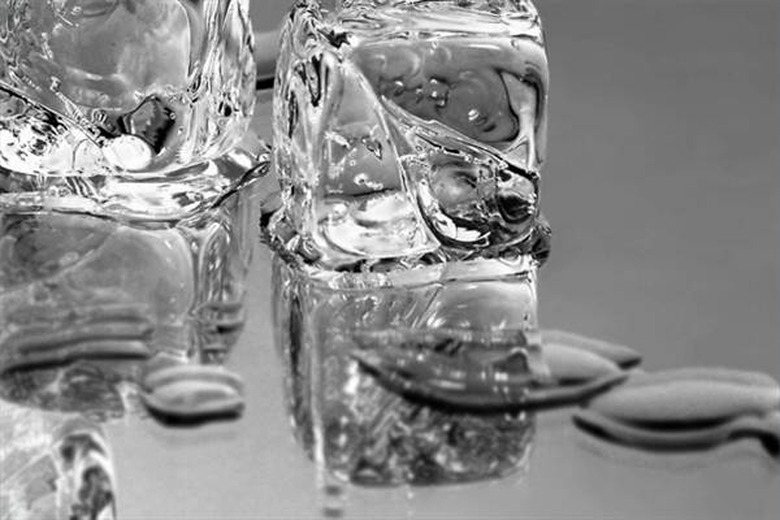General Properties Of Density
Density is a property of matter that is relative to the object's mass and volume. Density is a factor when determining properties like buoyancy. Because of its buoyancy application, experiments for density involve objects of a certain mass and volume placed into a glass of water. This helps students understand the calculation that determines an object's density.
Mass of the Object
Mass of the Object
The mass of the object being measured for density is a part of the calculation. Many people confuse mass with weight. The mass of the object is how much matter the object contains. Mass is independent of the volume of the object. Conversely, the weight of an object is a measurement of the gravitational pull on that object. Since an object of matter attracts another object of matter, the weight of an object is dependent on the size of the matter that is pulling the object through gravity. For instance, a human weighs more on earth than on the moon. The reason for the difference in weight is because the moon has less mass than Earth.
Volume
Volume
Volume also decides the final density value. Volume is the area that contains the mass. Most people relate volume with water or fluids. However, volume is the three- dimensional size of the container. Volume can become larger or smaller, which affects the overall density of the object being measured.
The Calculation
The Calculation
Putting volume and mass together in a calculation defines density. The calculation for density is the following equation:
D = mass/volume
Evaluating the calculation when the volume becomes smaller increases density. The same happens when mass becomes larger. These properties are important when evaluating the density of an object. Objects in space like black holes are highly dense because they have a very small volume with large quantities of mass.
Water
Water
When objects are measured for density, they are compared to water. The standards for density place water at a density of one. When an object floats in water, it's said to have a density less than one. Conversely, when an object sinks in water, it's calculated with a density higher than one. These values also are observed through experimentation in the laboratory. For instance, wood floats in water, and it's calculated at a density of .5. Metals are highly dense objects and sink in water. Gold has a density of approximately 19.
Ice
Ice
When water freezes, it has an abnormal density property. When frozen, most objects become hardened, more dense and shrink. However, water is an atypical phenomenon in which it grows and becomes less dense. This is why frozen water (ice) floats in liquid rather than sinks.
References
Cite This Article
MLA
Lysis, . "General Properties Of Density" sciencing.com, https://www.sciencing.com/general-properties-density-5387209/. 24 April 2017.
APA
Lysis, . (2017, April 24). General Properties Of Density. sciencing.com. Retrieved from https://www.sciencing.com/general-properties-density-5387209/
Chicago
Lysis, . General Properties Of Density last modified March 24, 2022. https://www.sciencing.com/general-properties-density-5387209/
